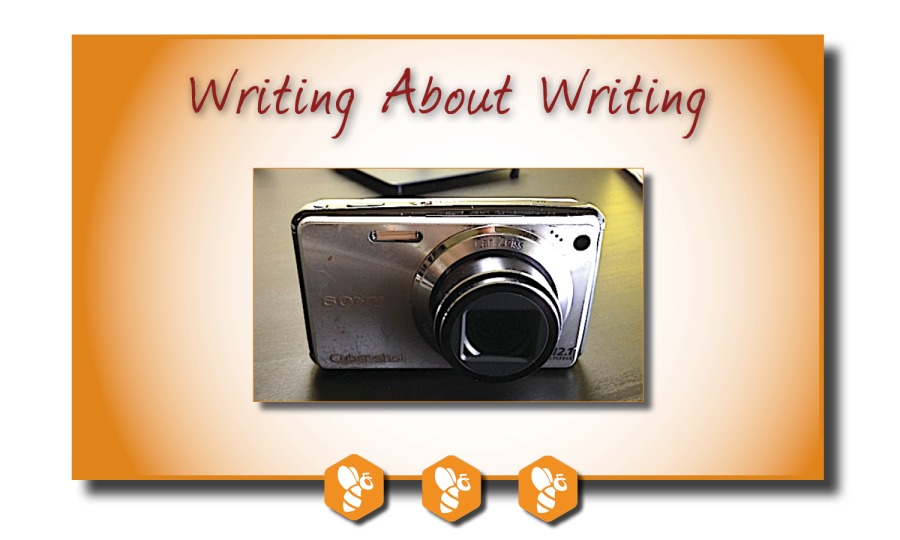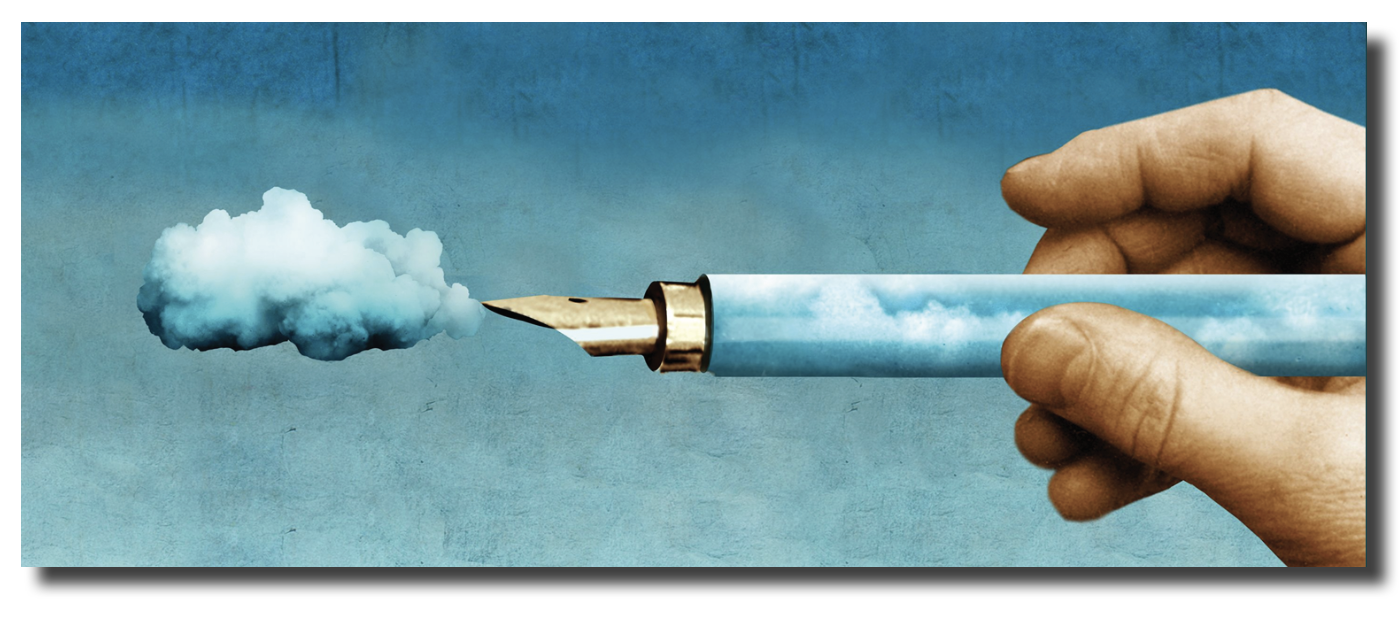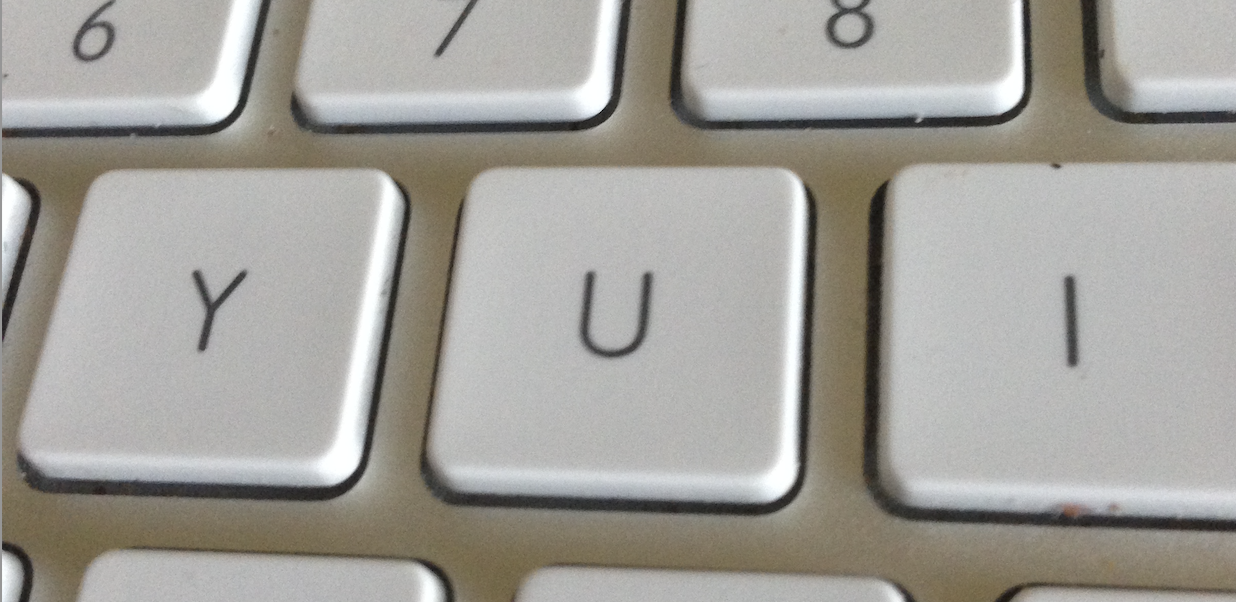The Mind’s Eye…Well Worth Any Writer’s Time Developing


Since this is the element of the screenplay that sets the mood and possibly the tone for the whole movie, it occurred to me that I should start working on a way to get better at that.
I was discussing this with one of my best friends, John Wild, a photographer, who I met in high school in Ottawa and with whom I had shared a flat in the Little Portugal area of Toronto and he suggested that I think about photography.
According to John, looking at the world through a lens contains it all somehow. As you get practiced at this you develop the ability to ‘see the picture and frame it’ without the use of a camera.
The only caveat to this is that it takes a hell of a long time to get there.
But the journey of a thousand miles starts with a single step. So, on John’s advice, I invested in a Pentax Spotmatic 35 mm camera with several lenses and filters. And with John’s patient instruction, learned the basics of how to actualize pictures with it.
Later on, I would get more help from my old friend Doug Fisher, but John was my break-in Instructor.
It Actually Worked
During the course of the next few years, I gave myself an exercise. To find a scene, shoot it the way I saw it in my mind’s eye and then write a little piece about it, describing it.
What this did, rather quickly, was turn my mind’s eye into an approximation of a 16 by 9 lens. Eventually, when I confronted a scene in a screenplay I was writing, I was able to close my eyes and see much more detail than I could before I started using the camera to capture images.
Two Ancillary Benefits
1. This particular skill helped me in terms of strengthening the visualization skills I needed in my advertising career. Up to this point, I was known a writer of powerful headlines and copy. But as I got further along with the photography, I started to see ‘whole ads’ with visual ideas.
While I would never abandon the idea of working with an art director in the agency business, I was certainly able to contribute a lot more to the visual side, which is something the art directors I worked with all appreciated.
2. I actually became a photojournalist. It started with an art director named Robert Priest who was the Creative Director for Weekend Magazine, which was a full-colour roto supplement to one of the main Toronto newspapers. He called me one day and asked me to bring in my portfolio. I told him I didn’t have one, that I would be happy to give him a slide show.
For the next two years, he sent me all over Canada photographing the famous and the infamous, ballerinas, doctors, lawyers, politicians writers and actors.
I would have continued working for him but he got a new job as art director of Rolling Stone magazine and was off to New York and budgets to use people like Annie Liebovitz, Harry Benson, and Art Kane.
This credential led to a lot of agency work, mostly shooting real people for testimonial campaigns and some more magazine and record company work shooting music people.
From Amateur To Pro To Amateur Again
Being a writer first and foremost, I never really lost sight of my principal objective in learning photography in the first place.
And so, after three years of gallivanting around the city and the country making money with my hobby, I went back to work in the agency business, took down my shingle, but did not put away my camera.
What I did was start to create themes for myself.The most enjoyable was shooting mannequins at downtown department stores. Most of this photography required long exposures and therefore a tripod setup.
Fortunately back then, windows were much more creatively designed than they are these days, and I had lots of source material, and the beauty of it was that it changed more or less every week.
At one point my mannequins had a feature spread in Canadian Photo magazine and this attracted the attention of one of the senior people at McLean Hunter (Canada’s largest publisher). He took a bunch of my shots down to New York and tried to sell another publisher on doing a coffee table book, which we titled “Ladies In Waiting”.
It was very well received but the timing was off because there were a lot of celebrities like Diane Keaton and Jeff Bridges who were doing large format books for this publisher. But I was just thrilled that anybody would believe my hobby shots were worth a trip to New York.
That Was Then. This Is Now.
I rejoiced when digital photography came along, because I was then able to sell off all my bulky 35 mm camera gear and invest in a new digital camera, which was light and easy to carry around.
I was taking a lot fewer pictures by that time, but never really lost interest in the craft. And frankly, I owe it a lot. Over the past 20 years, I have art directed, about 80% of all the on and off line work that I have done. And I honestly feel that my writing has been strengthened immensely by the visual skills I have developed through my intense relationship with photography.
This is a course of action I would recommend to any writer who is looking to strengthen their abilities.
That and, of course, learning the proper use of punctuation.
Header Pic: The trusty little Sony Cybershot that goes with me everywhere. I’m dropping hints that I would like a new one for my birthday.

If your business has reached the point where talking to an experienced communication professional would be the preferred option to banging your head against the wall or whatever, lets talk.
Download my free ebook Small Business Communication For The Real World here:
https://onwordsandupwords.wordpress.com/2013/11/24/small-business-communications-for-the-real-world/
All my profile and contact information can be accessed here:
https://www.bebee.com/producer/@jim-murray/this-post-is-my-about-page
All content & mages Copyright 2017 Jim Murray Onwords & Upwords Inc.
"""
Articles from Jim Murray
View blog
This is the third in a series on writing, which is something I have been doing professionally for mo ...

If you fancy yourself a writer and cruise around on social media for any length of time, you will in ...

My friend, and former client, photographer Michael Kohn, who is a very bright guy, posted an interes ...
Related professionals
You may be interested in these jobs
-
administrative assistant
Found in: Talent CA 2 C2 - 12 hours ago
Allegra Design Print Mail Burnaby, CanadaEducation: Secondary (high) school graduation certificate · Experience: 1 year to less than 2 years · Tasks · Arrange and co-ordinate seminars, conferences, etc. · Supervise other workers · Train other workers · Record and prepare minutes of meetings, seminars and conferences · D ...
-
administrative assistant
Found in: Talent CA 2 C2 - 18 hours ago
Smart Trucking Consultants Brampton, CanadaEducation: Secondary (high) school graduation certificate · Experience: 1 year to less than 2 years · or equivalent experience · Work setting · Consulting firm · Tasks · Record and prepare minutes of meetings, seminars and conferences · Determine and establish office procedures a ...
-
manufacturing co-ordinator
Found in: Talent CA 2 C2 - 8 hours ago
SES Packaging Systems Inc. Toronto, CanadaEducation: Secondary (high) school graduation certificate · Experience: 1 year to less than 2 years · Work site environment · Noisy · Work setting · In shop · Tasks · Prepare and submit reports · Establish work schedules · Train or arrange for training · Oversee safety of operati ...




Comments
Jim Murray
6 years ago #9
Thanks Kevin Pashuk
Jim Murray
6 years ago #8
Thanks Wayne Yoshida. I didn;t make a hell of a lot of money, but I ate well, traveled well and slept well. It was a lot of fun and I got to know some of my country's most interesting people.
Jim Murray
6 years ago #7
Thanks Jerry Fletcher. I was a Kodachrome guy myself. But I think it was six of one half a dozen of the other quality wise.
Jerry Fletcher
6 years ago #6
Wayne Yoshida
6 years ago #5
Debesh Choudhury
6 years ago #4
Pascal Derrien
6 years ago #3
Kevin Pashuk
6 years ago #2
Paul Walters
6 years ago #1